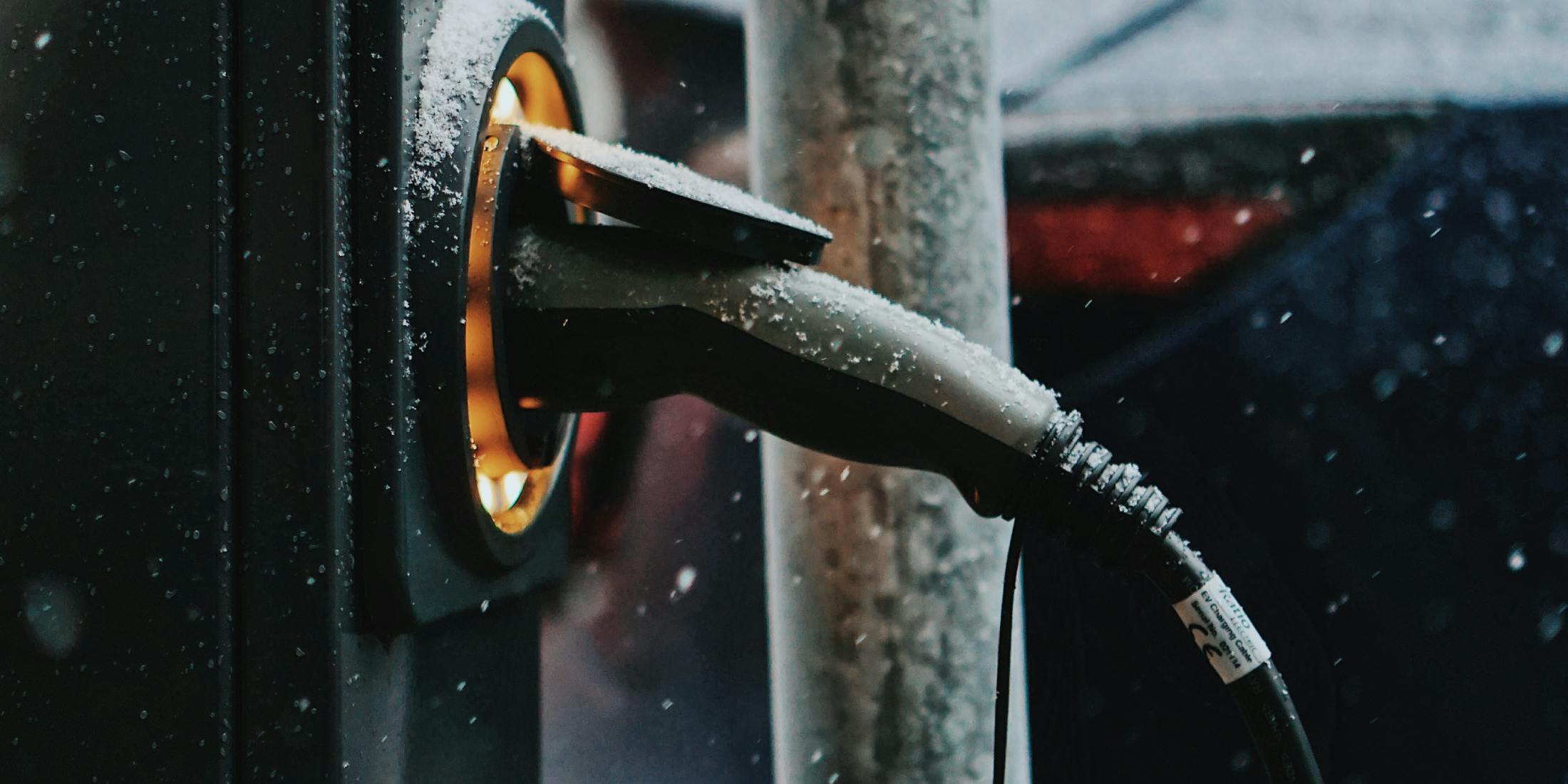
We’ve gathered some tips from the EV drivers on our team to help keep you on your way and master the art of cold-weather EV driving this winter. Much of the feedback centered around several key themes: heat, time, and cross-checking conditions.
Heat is your friend, and foe
Batteries run best when they are warm. “Always pre-heat your car while it’s charging,” says Nicholas Zaeske, Partnerships Manager. By pre-heating the battery, you optimize range and charging speed when you stop at a public charger on longer journeys.
Yet cabin heating systems also consume a lot of energy. Will Gill, CPTO, suggests to “rely more on heated seats and heated steering wheel rather than cabin heat as it’s more energy efficient. Wear a beanie and a scarf!”
“The heating system especially impacts range when the temperature drops to more extreme temperatures, such as -20° Celsius,” commented Benjamin Rinner, Senior Manager of Strategic Partnerships.
Give yourself extra time on longer journeys
No matter how much you try to optimize the heat of your battery during winter, range and charging speed will be impacted. That means on longer journeys, you’ll need to stop more frequently to charge and the charging session itself will take longer. Again, use the law of heat to optimize the battery’s performance in these circumstances.
Markus Henriksson, Senior Strategy Manager, shared some cold-weather charging wisdom. “When the battery is cold it cannot charge with very high power. Therefore it is better to start with a full battery and charge when you have been driving for a while. Then the battery will have heated up a bit and the charging power will be higher.”
You’ll want to plan a bit more carefully to account for this time. Have the public chargers in mind you will want to use, and make sure you have some backup power in the battery should the charger not work or be occupied so you have ample juice to get to another charger.

Check the conditions to keep you safe while driving and charging
Winter conditions of course always require extra caution, whether driving an EV or a traditional car. Yet the conditions of the road can also affect your range. High winds, as well as rain- and snow-laden roads, will negatively impact your range since they require more energy to overcome.
Sofia Stadler, our Product Manager who lives in cold Sweden, advises to “always cover your charging outlet properly when it’s cold outside so that no water/snow is coining into the outlet. In case it does – have something long, hard, and sharp at hand so that you can get the ice out!”
You’ll also want to check these icy conditions at public chargers. Sometimes the snow will block the charger, and you’ll need to make sure you’re able to access your charging cable since icy conditions can make it hard to access the trunk.
Hitting the road in an EV during the winter can feel daunting, but it doesn’t have to be. If you follow the rule of heat, give yourself some extra time, plan ahead, and check the conditions, you’ll be able to drive your EV with little to worry. Eventually, these new habits will be ingrained in your EV psyche, just as you built habits around your petrol car.

